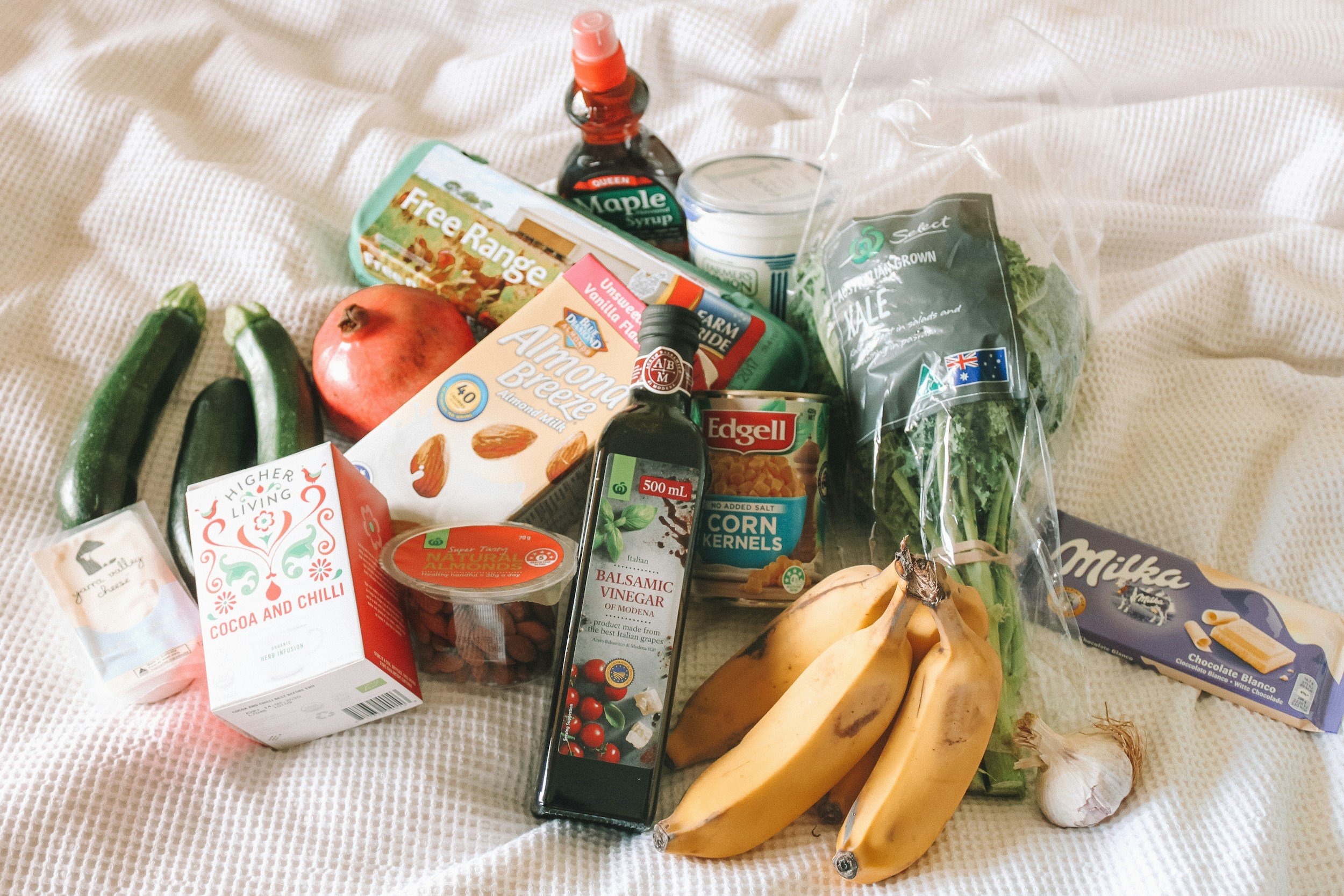Food Labels 101: What’s Actually in Your Food
We’re surrounded by health claims on packages—natural, light, made with whole grains—but how often do we pause to ask what those words really mean?
In a world where processed foods are carefully marketed to grab our attention, it’s easy to assume we’re making good choices based on what the front of a box tells us. I’ve been there too, wanting to make better choices, only to find that the label didn’t tell the full story.
That’s why I decided to write about this topic: to help you understand common food label terms and feel more confident in knowing what to trust and what to take with a grain of salt.
Marketing vs. Meaning: Decoding Common Terms
All Natural
This one shows up everywhere, from cereal boxes to snack bars to drinks. It sounds reassuring, but here’s the surprising part: the FDA doesn’t have a formal definition for the word “natural.” That means food companies can use it freely on packaging, even if the product still contains additives or processed ingredients.
Most people assume “all natural” means the food is free from anything artificial or synthetic. In reality, it often still contains preservatives, chemical additives, and even genetically modified (GMO) ingredients.
For example, a product might say “natural” on the front, but when you flip it over, you might still find ingredients that were heavily processed or made in a lab. It’s not always a reflection of how clean or healthy the food really is.
The takeaway? don’t let the word “natural” be the deciding factor. Check the ingredient list to see what’s really inside. When in doubt, stick to simple, whole foods you recognize.
Artificial Flavor
Artificial flavors are man-made ingredients created to mimic the taste of real food, but they’re not derived from anything natural. They're often made from synthetic chemicals, including petroleum-based compounds.
What many people don’t realize is that “artificial flavor” on a label isn’t just one ingredient—it can represent a blend of dozens of chemicals, none of which are required to be listed individually. That single term can mask a long list of additives used to recreate a specific taste.
Please note: This differs from natural flavors, which come from natural sources like fruits or spices but are still highly processed and can include preservatives or solvents.
In both cases, flavorings are used to enhance processed foods and make them more appealing. Choosing foods that rely on real ingredients for flavor—like herbs, spices, and whole foods—helps you avoid unnecessary additives and eat more intentionally.
Genetically Modified Organisms (GMOs)
GMOs are foods or ingredients that have been changed at the genetic level, meaning their DNA has been altered in a lab. This is usually done to make crops grow faster, resist insects, or last longer on store shelves.
While some believe GMOs help with food supply and farming efficiency, many people prefer to avoid them. That’s because we don’t yet fully understand how these changes might affect our health long-term, and GMO crops are often grown with heavy use of chemical pesticides.
Here’s the tricky part: in the United States, food companies aren’t required to label products that contain GMOs. So unless a product is labeled “non-GMO” or “certified organic” (which also means non-GMO), you won’t know if it contains genetically modified ingredients.
If avoiding GMOs is important to you, look for a “non-GMO” seal on the package, or stick with whole foods like fruits, vegetables, legumes, and grains that are naturally non-GMO.
Tips for Navigating Food Labels
Here are a few simple guidelines I often share with clients:
More than 10 ingredients on the label? It might be too processed.
Can’t pronounce an ingredient or unsure what it is? Pause and look it up. If it sounds like a chemical, it often is.
Feeling overwhelmed? Start by adding more whole foods to your meals, rather than stressing over every label.
The goal of this blog isn’t to create fear. It’s to offer clarity. The more you know, the more empowered you are to make choices that feel good for your body and your lifestyle.
And remember, you don’t have to change everything overnight. Awareness is the first step! And sometimes, having a guide can make all the difference. I’d love to support you on your journey toward more confident, intentional choices. Click here to book a free discovery call—no pressure, just a chance to talk through where you’re at and how I might be able to help.
